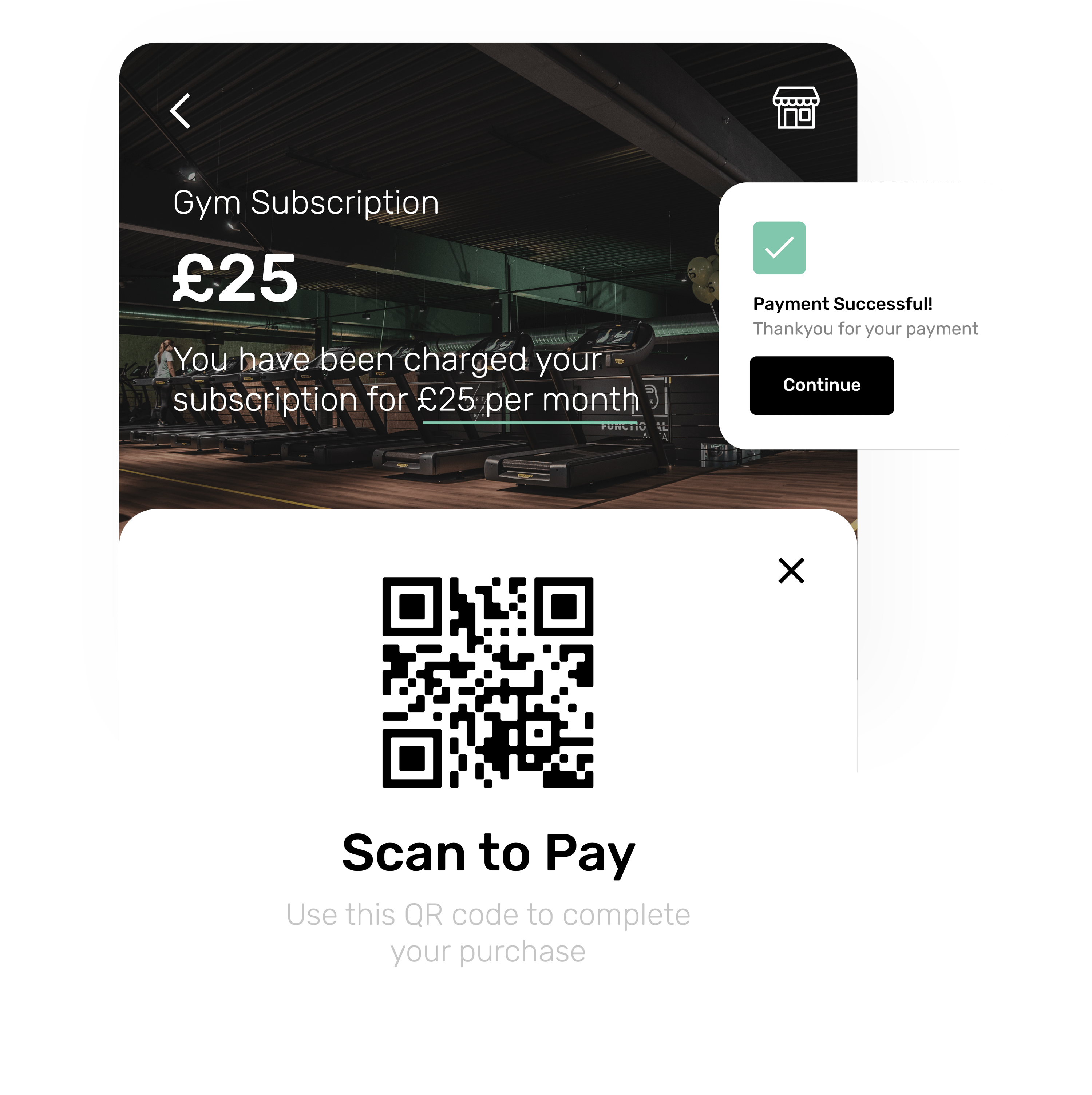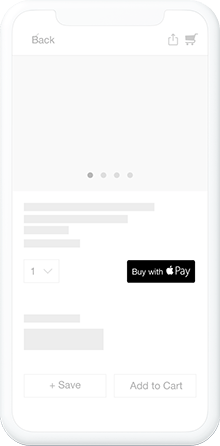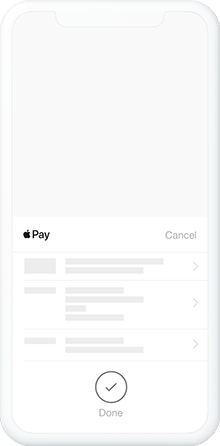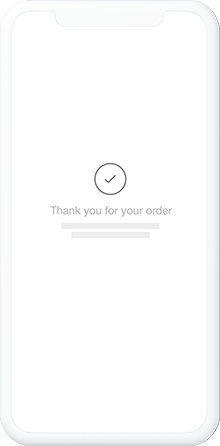Apple Pay

What Is Apple Pay?
Apple Pay is quickly becoming a global leader in executing payment flows across all commerce channels. With smart billing features that extend to localisation and streamlined checkout options, Apple Pay has been proven to increase checkout conversions by 20% and speeds by 58%. Apple Pay can be considered a performer in fast, one-click checkouts; regardless of where your customer is.
View More In Our Developer Documentation
| Payment Type | Commerce Channel | Chargebacks | Recurring | Refunds |
|---|---|---|---|---|
Payment TypeDigital Wallet |
Commerce ChannelE-commerce and in-store |
ChargebacksNot in the instance of fraud |
Recurring |
Refunds |
How Does It Work?

Ready To Start Accepting Payments?
The all-in-one solution for your business. Get a quote or schedule a call to demo our powerful suite of features.
Frequently Asked Questions
To get a merchant account, all you need to do is send us an application. You’ll be partnered with one of our banking partners in order to provide you with the best merchant account options that are cost-effective and suit your business best.
A merchant account is a business bank account. It’s used to receive payments from debit and credit cards for your products or services. Payments are held in your merchant account until they are settled into your bank account.
The cost of your merchant account will depend on various factors such as the type of industry and/or the level of risk involved in your business. For example, a high-risk merchant account would cost more than a low-risk merchant account.
Once a customer has made a payment, those funds are sent to the acquiring bank that the merchant is partnered with. Each of these payments is then released within a pre-agreed upon amount of days and transferred to the merchant’s nominated business bank account. This length of this period is known as settlement days and varies depending on your acquirer.


